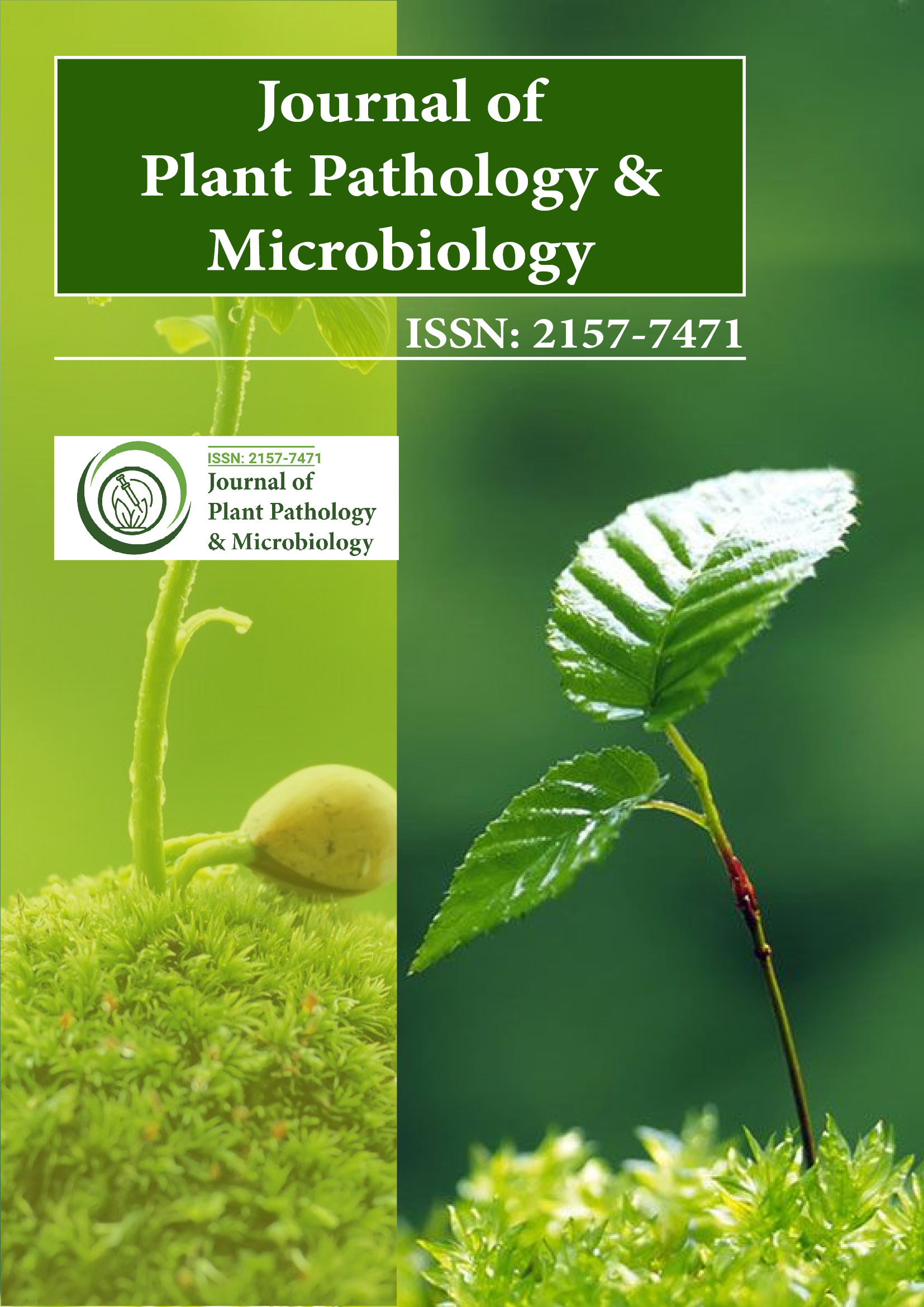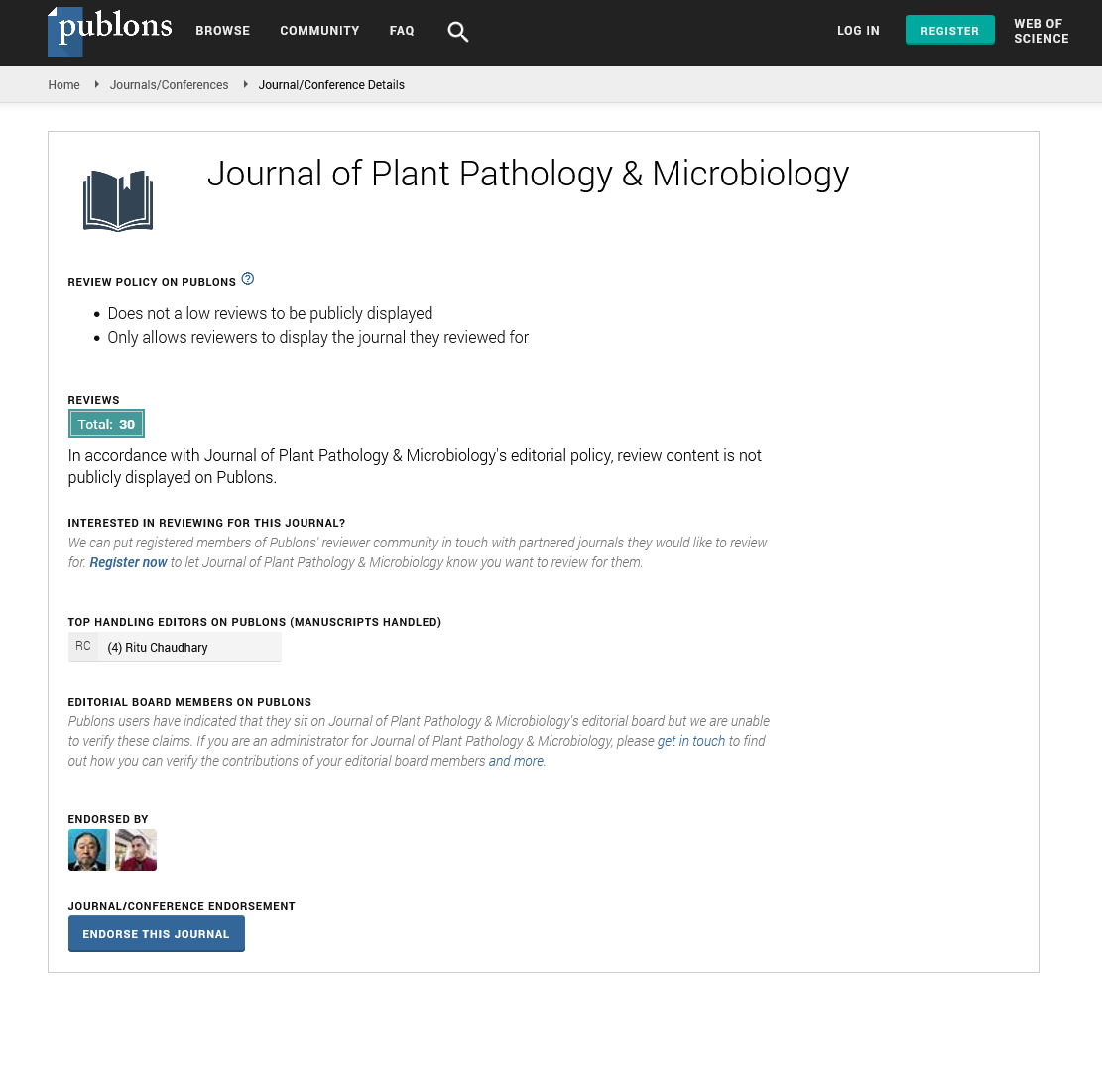Indexed In
- Open J Gate
- Genamics JournalSeek
- Academic Keys
- JournalTOCs
- CiteFactor
- Ulrich's Periodicals Directory
- Access to Global Online Research in Agriculture (AGORA)
- Electronic Journals Library
- Centre for Agriculture and Biosciences International (CABI)
- RefSeek
- Directory of Research Journal Indexing (DRJI)
- Hamdard University
- EBSCO A-Z
- OCLC- WorldCat
- Scholarsteer
- SWB online catalog
- Virtual Library of Biology (vifabio)
- Publons
- Geneva Foundation for Medical Education and Research
- Euro Pub
- Google Scholar
Useful Links
Share This Page
Journal Flyer

Open Access Journals
- Agri and Aquaculture
- Biochemistry
- Bioinformatics & Systems Biology
- Business & Management
- Chemistry
- Clinical Sciences
- Engineering
- Food & Nutrition
- General Science
- Genetics & Molecular Biology
- Immunology & Microbiology
- Medical Sciences
- Neuroscience & Psychology
- Nursing & Health Care
- Pharmaceutical Sciences
Commentary - (2025) Volume 16, Issue 2
Contribution of Plant Structural Barriers to Disease Prevention
Kevin Larsson*Received: 26-May-2025, Manuscript No. JPPM-25-29741 ; Editor assigned: 28-May-2025, Pre QC No. JPPM-25-29741 (PQ); Reviewed: 11-Jun-2025, QC No. JPPM-25-29741 ; Revised: 18-Jun-2025, Manuscript No. JPPM-25-29741 (R); Published: 25-Jun-2025, DOI: 10.35248/2157-7471.25.16.758
Description
Plant diseases caused by fungi, bacteria, oomycetes and viruses continue to pose significant threats to global food security. Yield losses due to plant pathogens remain a major concern in both subsistence farming and commercial agriculture. To survive, plants rely on a wide range of defense mechanisms that allow them to resist or tolerate invasion. Among these, the cell wall is one of the most important features of plant defense.
Traditionally regarded as a passive structural barrier, the cell wall is now recognized as a dynamic and active participant in immune responses. It not only provides a physical blockade that pathogens must overcome but also serves as a critical site for pathogen recognition and defense signaling. Interactions between the cell wall and pathogen-derived molecules frequently determine whether the outcome will be resistance or susceptibility. As a result, understanding the structural and functional roles of the cell wall is key to developing new strategies for crop protection.
Composition and structure of the plant cell wall
The plant cell wall is a complex and layered structure composed of polysaccharides, proteins and phenolic compounds. Its primary components include cellulose microfibrils, hemicellulose, pectins, lignin and a variety of structural glycoproteins. Cellulose microfibrils form the backbone of the wall and provide tensile strength, while hemicelluloses bind cellulose fibers together, creating a strong but flexible network. Pectins, rich in galacturonic acid, regulate porosity, adhesion between neighboring cells and hydration. Lignin, a highly branched phenolic polymer, adds rigidity to the wall and makes it more difficult for pathogens to penetrate. Proteins such as extensins and arabinogalactan proteins regulate remodeling of the wall and are involved in signaling during stress. Importantly, the cell wall is not static. It is continuously remodeled during growth and development and these remodeling processes become particularly significant during pathogen attack. The ability of the plant to alter the wall’s composition and architecture in response to environmental stress underlines its role as an active defense component rather than simply a structural scaffold.
Pathogen strategies
Despite the sophisticated protective roles of the cell wall, pathogens have evolved numerous strategies to bypass or suppress these defenses. Many fungal and bacterial pathogens secrete a wide array of cell wall degrading enzymes that rapidly dismantle cellulose, hemicellulose and pectins, clearing a path into host tissues. Others deploy effector proteins directly into host cells to interfere with wall biosynthesis or to manipulate the plant’s own remodeling enzymes in ways that weaken integrity. Some pathogens even exploit host cell wall loosening processes, which normally occur during growth, to facilitate invasion. For instance, certain effector proteins can suppress callose deposition or lignin reinforcement, leaving the wall vulnerable. Viruses, while unable to degrade walls themselves, often manipulate host machinery to alter wall permeability or rely on insect vectors to directly bypass the barrier. This evolutionary arms race highlights the importance of wall-based defenses and the sophistication of pathogen strategies designed to overcome them.
Engineering cell wall properties for resistance
The growing understanding of cell wall dynamics has opened new avenues for engineering disease resistance in crops. Genetic and biotechnological strategies are being explored to strengthen cell wall defenses without compromising growth. For example, overexpression of polygalacturonase-inhibiting proteins helps protect pectins from microbial enzymes, while manipulation of pectin methylesterase inhibitors helps maintain higher levels of resistant pectins. Increasing lignin deposition in targeted tissues has been shown to enhance resistance to fungal pathogens, though excessive lignin can negatively impact plant flexibility and growth, requiring a balanced approach. Advances in gene editing and synthetic biology also allow modification of wall-associated kinases and receptor-like proteins, which sense wall damage and trigger immune responses.
The plant cell wall is far more than a passive structure. It is a dynamic and versatile defense system that integrates structural reinforcement with active immune signaling. From its role as a physical barrier that pathogens must breach, to its involvement in complex recognition and signaling pathways, the cell wall is central to plant disease resistance. While pathogens have evolved sophisticated strategies to circumvent these defenses, recent advances in molecular biology and biotechnology provide powerful tools to strengthen wall-based resistance in crops. By strategically modifying cell wall composition, reinforcing its ability to withstand enzymatic attack and enhancing its role in signaling, it is possible to improve disease resilience without sacrificing growth or yield. Continued research into the interplay between pathogens and cell wall dynamics will not only deepen our understanding of plant immunity but also contribute to global food security by enabling the development of crops with durable resistance.
Citation: Larsson K (2025). Contribution of Plant Structural Barriers to Disease Prevention. J Plant Pathol Microbiol. 16:758.
Copyright: © 2025 Larsson K. This is an open-access article distributed under the terms of the Creative Commons Attribution License, which permits unrestricted use, distribution, and reproduction in any medium, provided the original author and source are credited.

